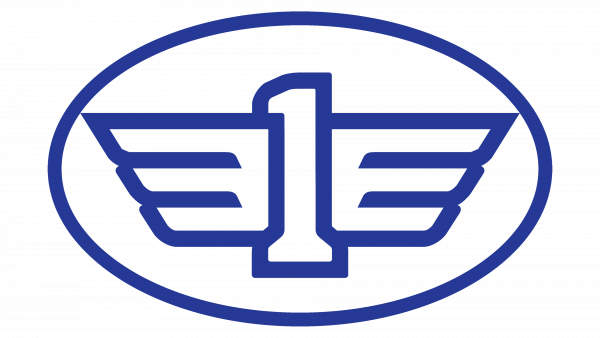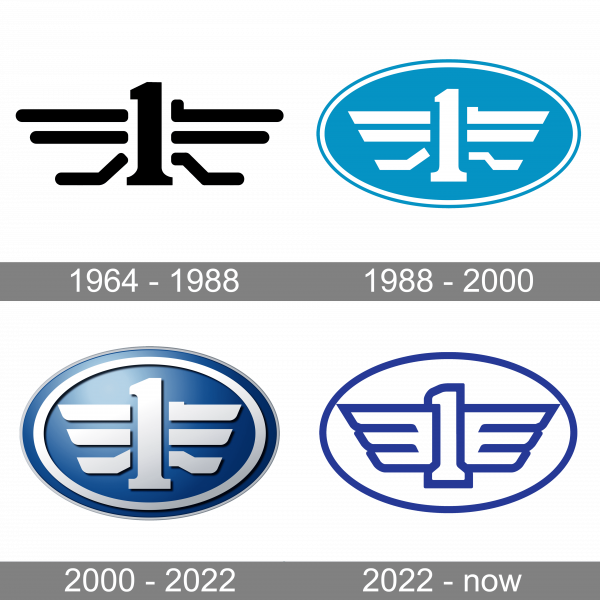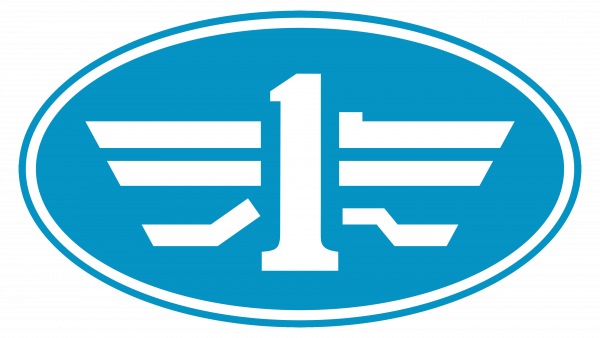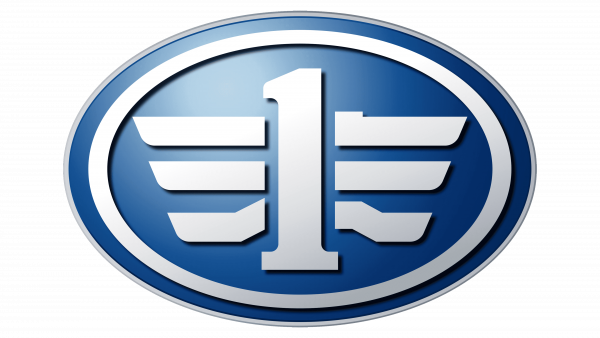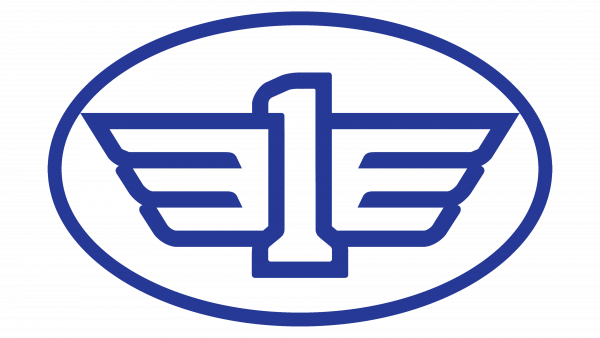| Founded | 15 July 1953 |
| Headquarters | Changchun, Jilin, China |
| Official Site | www.faw.com |
First Automobile Works (FAW) is one of China’s largest and most influential automotive manufacturers. It plays a significant role in the automotive industry, primarily in the burgeoning market of China but also extending its reach globally. FAW’s extensive portfolio includes everything from passenger cars and buses to trucks and utility vehicles, underlining its versatility and capacity in manufacturing a wide range of automotive products.
Meaning and History
First Automobile Works (FAW) was founded in 1953, making it China’s oldest car manufacturer. Its establishment marked a pivotal moment in the industrial history of China, as it was the first automotive venture backed by the central government. This initiative was part of a broader push to increase industrial capabilities and modernize the country’s infrastructure.
From its inception, FAW was at the forefront of automotive innovation in China. In its early years, the company pioneered the production of passenger cars with the introduction of the Jiefang CA-10, a truck that played a critical role in the industrialization of China. This model was followed by a series of other significant achievements, including the production of China’s first passenger car, the Hongqi, in 1958. The Hongqi quickly became a symbol of Chinese ingenuity and luxury, famously used by government officials.
Throughout the decades, FAW has maintained a reputation for quality and innovation. It established numerous joint ventures with global automotive giants like Volkswagen, Toyota, and General Motors, which allowed for an influx of advanced technology and management techniques. These partnerships were instrumental in modernizing FAW’s production processes and expanding its product line to meet diverse consumer demands.
Today, FAW continues to be a leader in China’s automotive industry. It is actively engaged in the research and development of new energy vehicles, including electric and hybrid cars, as part of China’s push towards sustainable development. The company also focuses on expanding its global footprint, exporting vehicles to a variety of international markets. FAW’s enduring commitment to innovation, quality, and globalization ensures its prominent position within both the domestic and international automotive sectors.
1964 – 1988
The 1964 logo of FAW, also known as First Automobile Works, features a emblem that exudes a sense of classic automotive tradition and strength. The center of the emblem showcases a bold ‘1’, standing confidently as a beacon of leadership and originality, perhaps highlighting the company’s pioneering status as a key player in the industry. The ‘1’ is surrounded by wings spread in both directions, which symbolize speed, freedom, and the ability to soar above the competition. These wings also bear a resemblance to an eagle, a bird often associated with power and a regal presence. The overall design in monochromatic tones suggests reliability and enduring quality, with the logo’s circular boundary acting as a seal of commitment to craftsmanship and excellence.
1988 – 2000
In 1988, the FAW logo underwent a transformation, embracing a more stylized and modern approach while retaining elements from its previous iteration. The winged structure remains, but it is now rendered with straight, angular lines, symbolizing precision and technological advancement. The numeral ‘1’ stands tall at the center, still asserting the company’s ambition to lead. The boldness of the design reflects a period of growth and industrial modernization, with the clean lines suggesting efficiency and the pursuit of aerodynamic perfection. The use of a brighter blue color in the background conveys innovation and dynamism, aligning the brand with the energy of the late 20th century.
2000 – 2022
The year 2000 brought with it a new millennium and a refreshed logo for FAW, which continued to evolve in its visual identity. This logo maintains the central ‘1’ motif, now encased within a metallic grey and blue emblem that enhances its three-dimensional appearance. The wing elements have become more abstract, merging with the surrounding ring to create a sense of motion and continuity. This design iteration reflects a contemporary edge, with the metallic finishes and shading conveying sophistication and the company’s investment in futuristic design. The emblem’s depth and metallic sheen stand for the technological progress and global aspirations of the brand at the turn of the century.
2022 – Today
The most current FAW logo keeps the circular motif, which has become a consistent element of the brand’s identity, signifying unity and completeness. The design has been simplified to a sleek, modern look, focusing on the abstracted winged feature that emerges from the sides of a prominent ‘1’. This emblem is outlined with a thin, elegant blue line, contrasting sharply with the white background, lending it a crisp, high-tech feel. The wings are rendered with horizontal lines, perhaps indicative of speedometers or digital precision, resonating with the high-tech orientation of contemporary automotive design. The numeral ‘1’ reinforces the company’s heritage of being a frontrunner in the industry. The minimalistic design speaks to a modern era where clarity, efficiency, and technological advancement are paramount.

